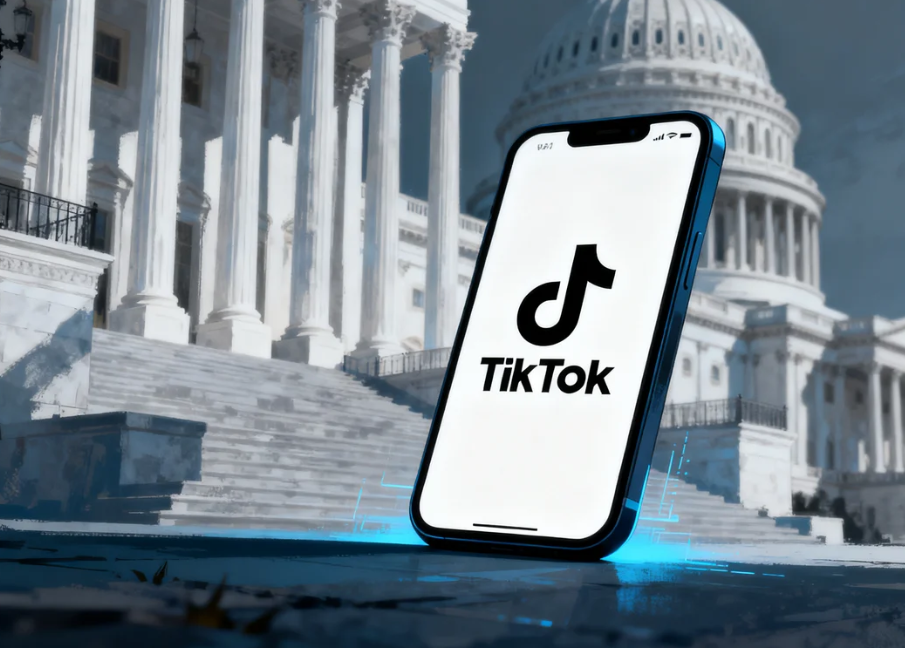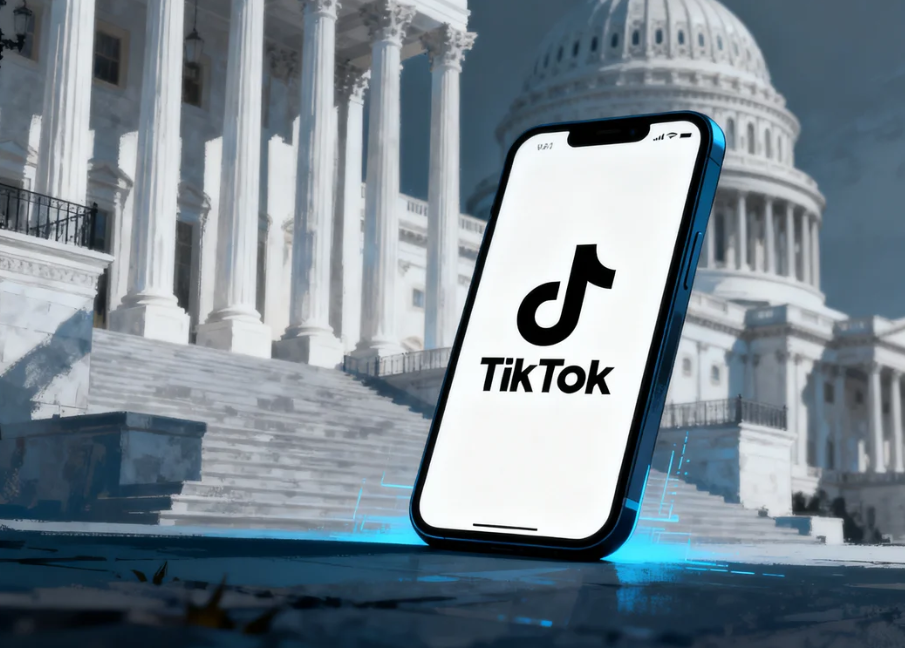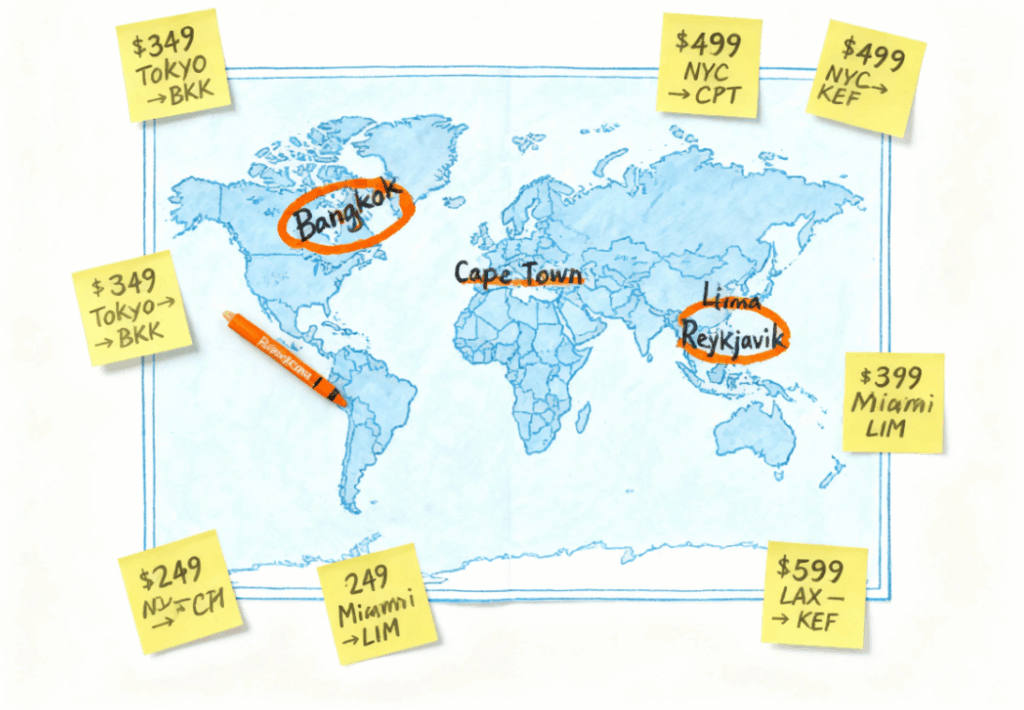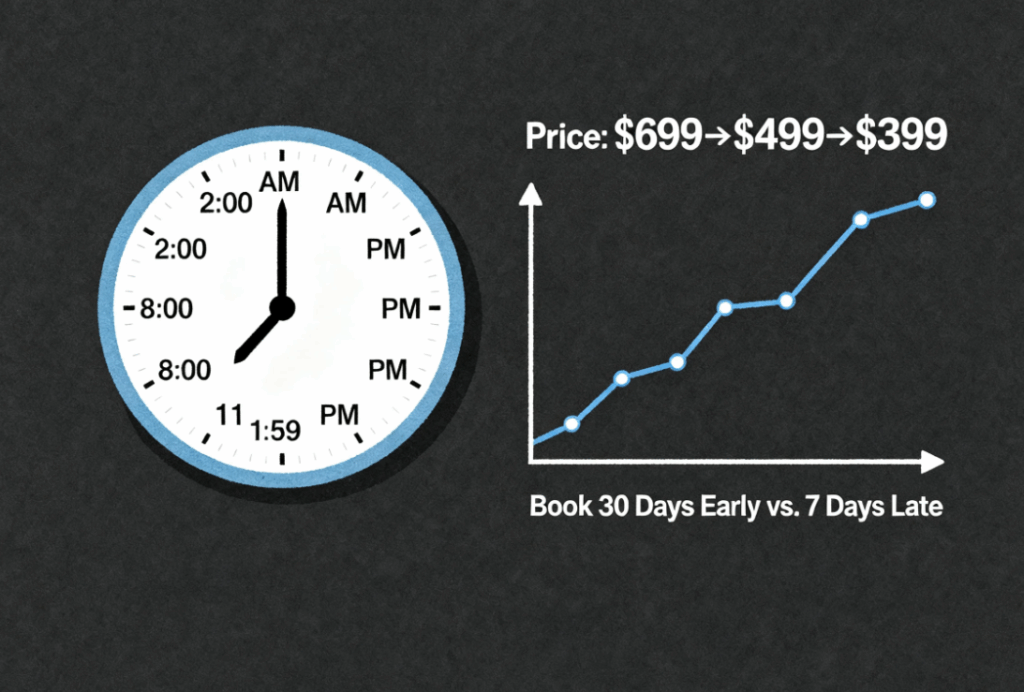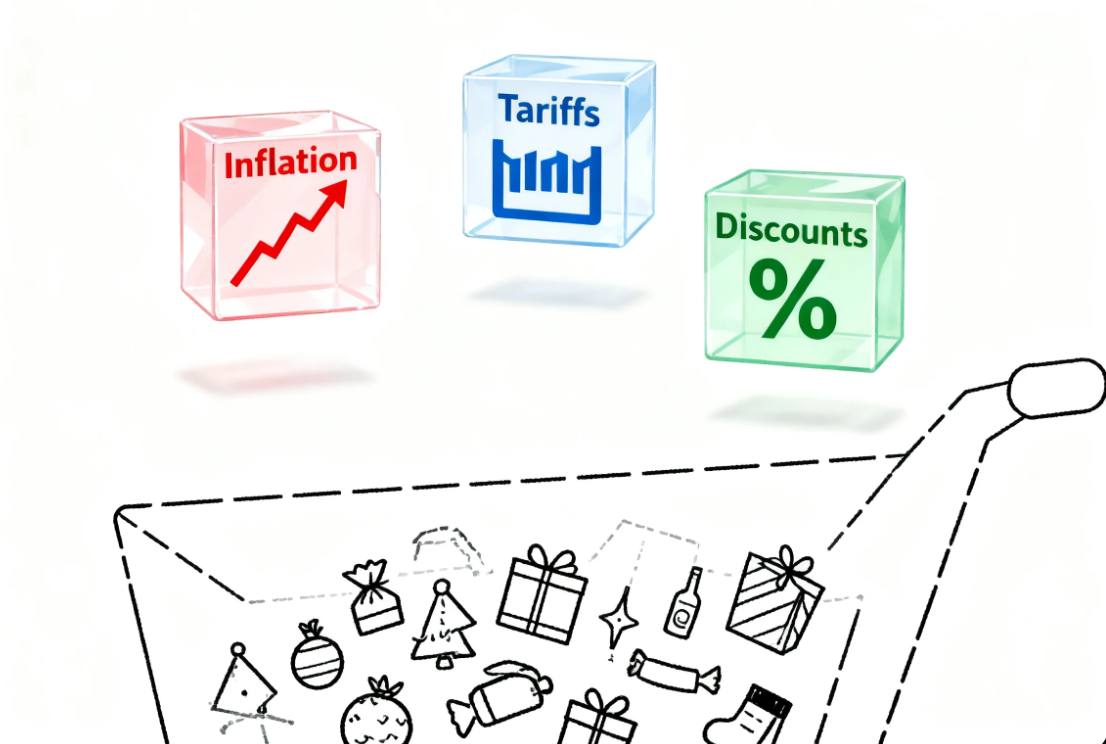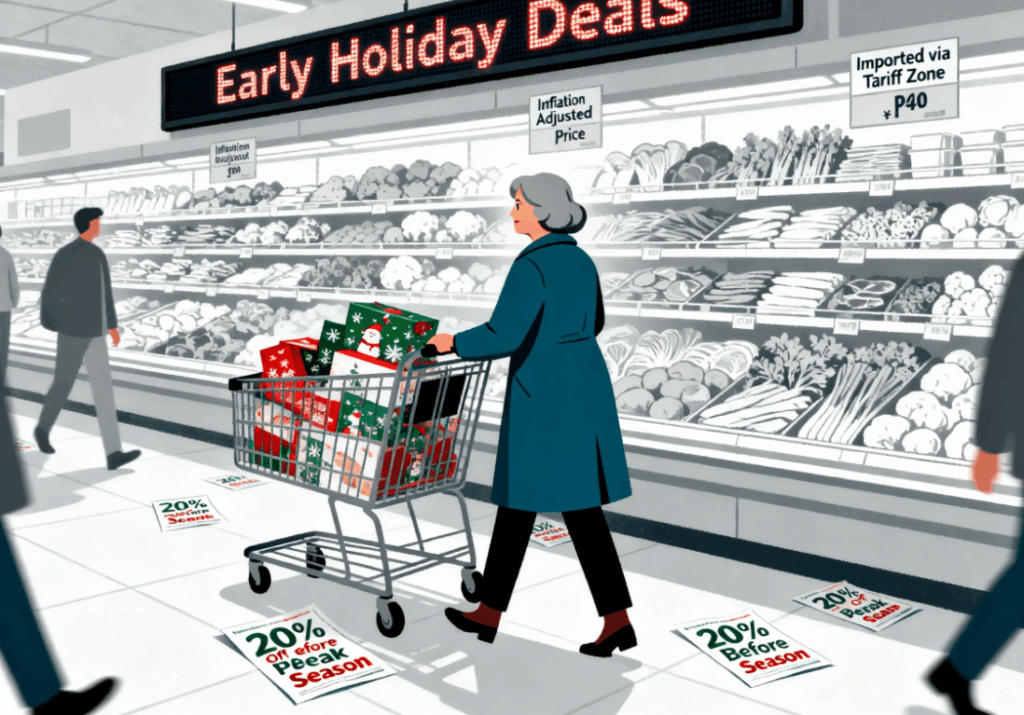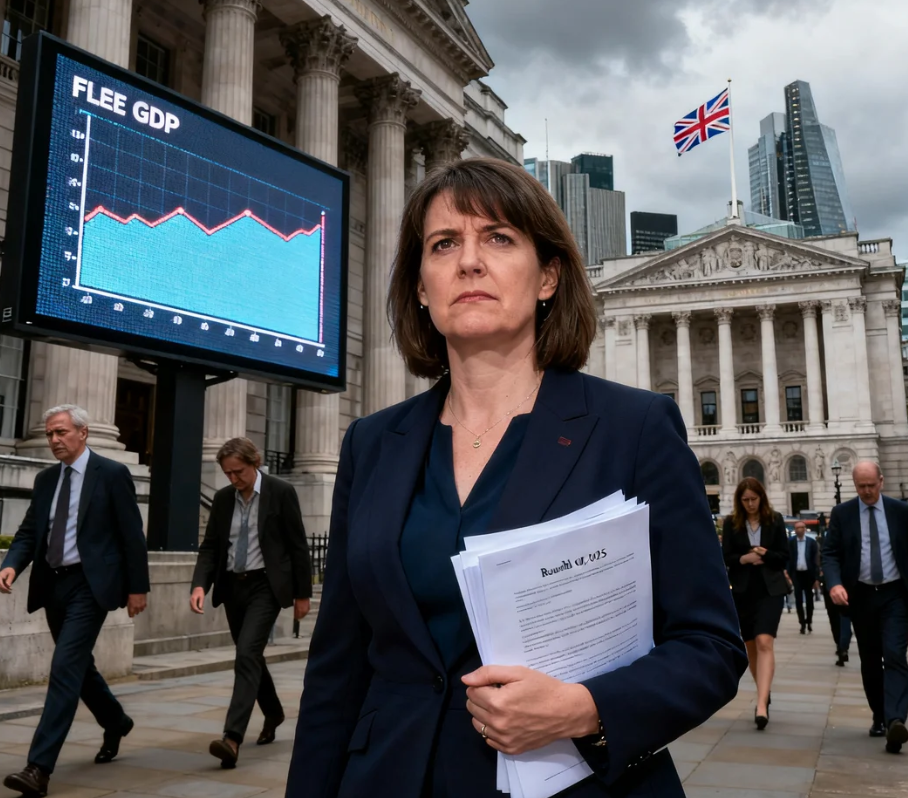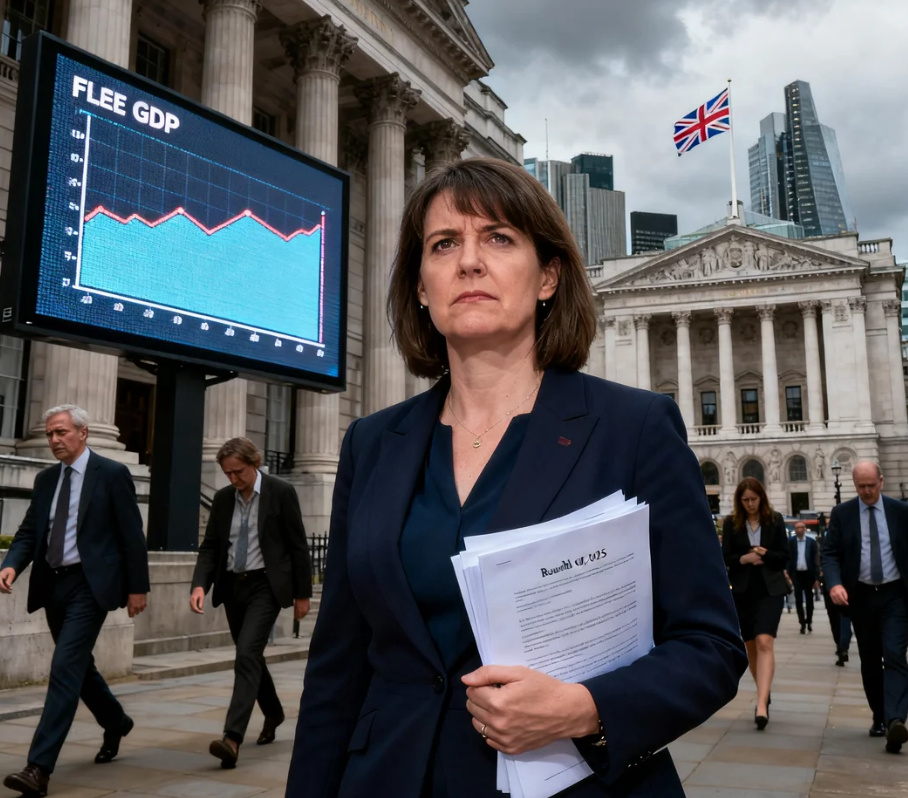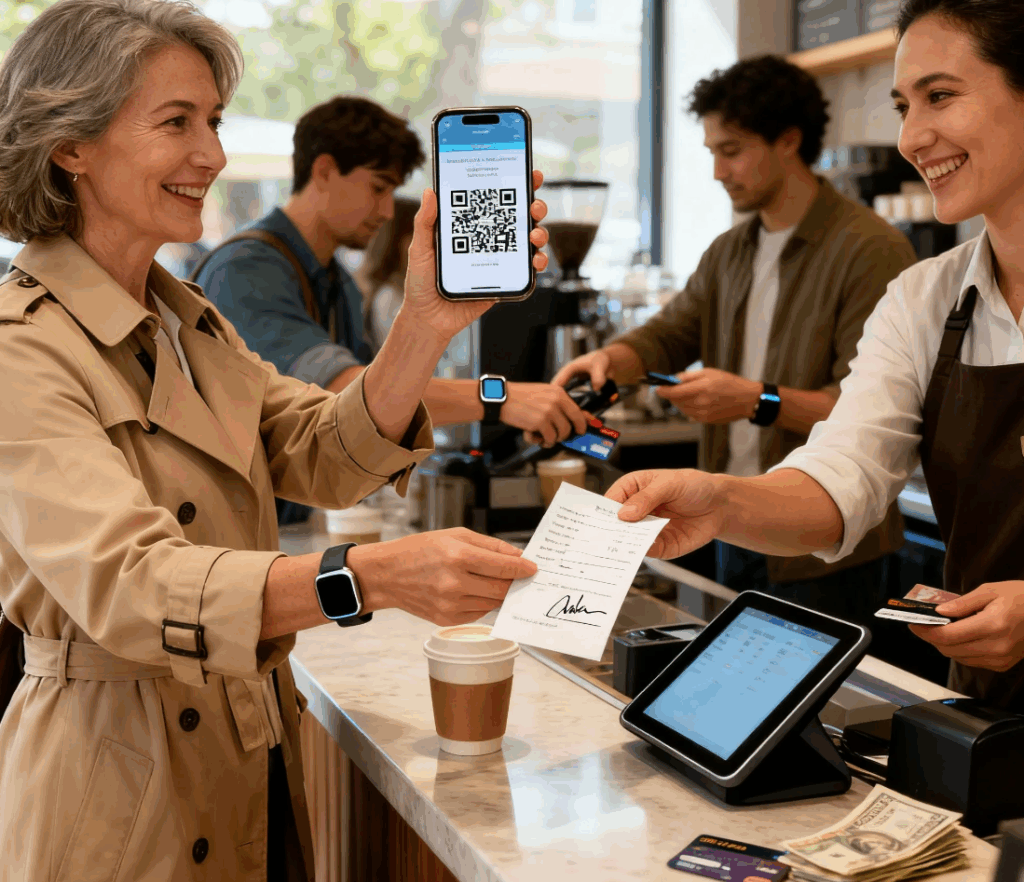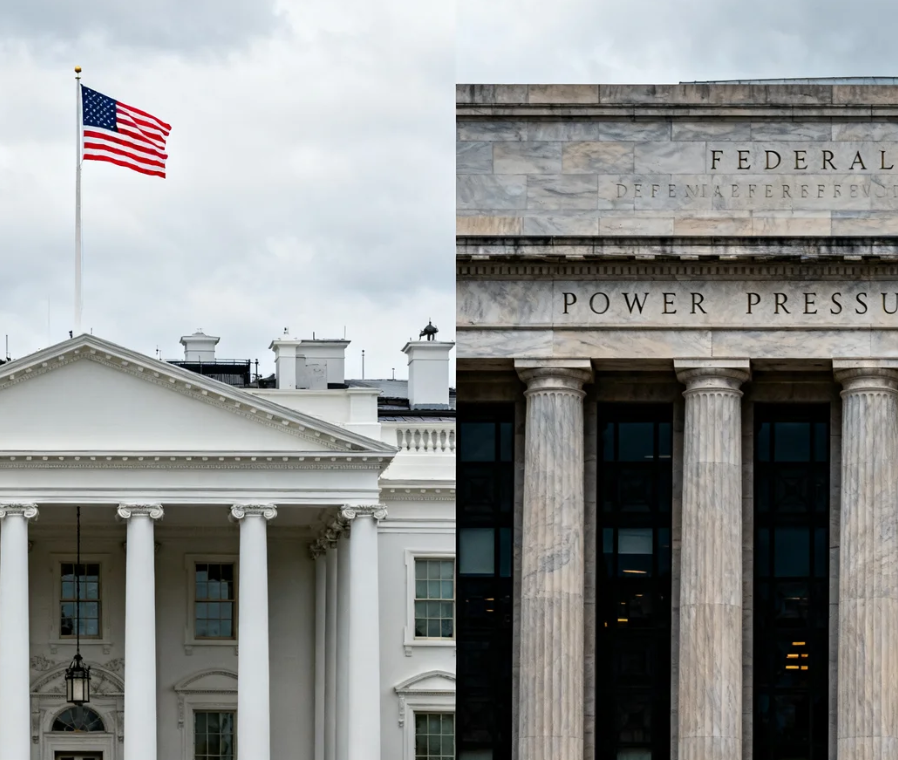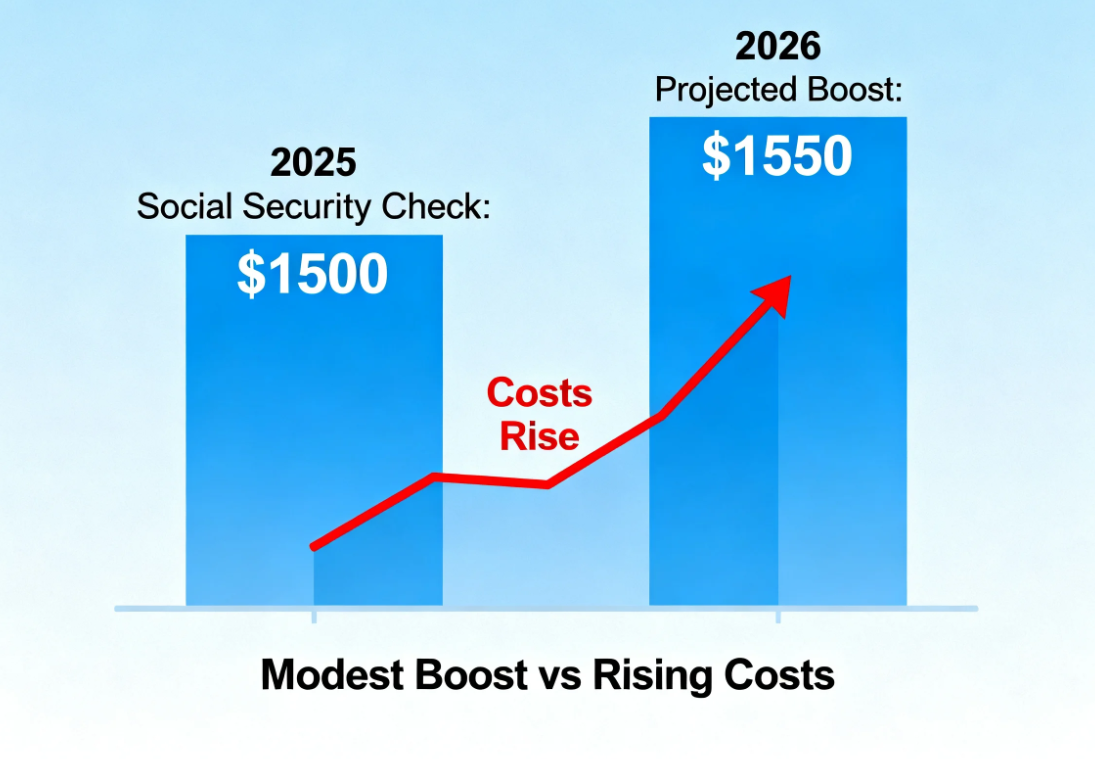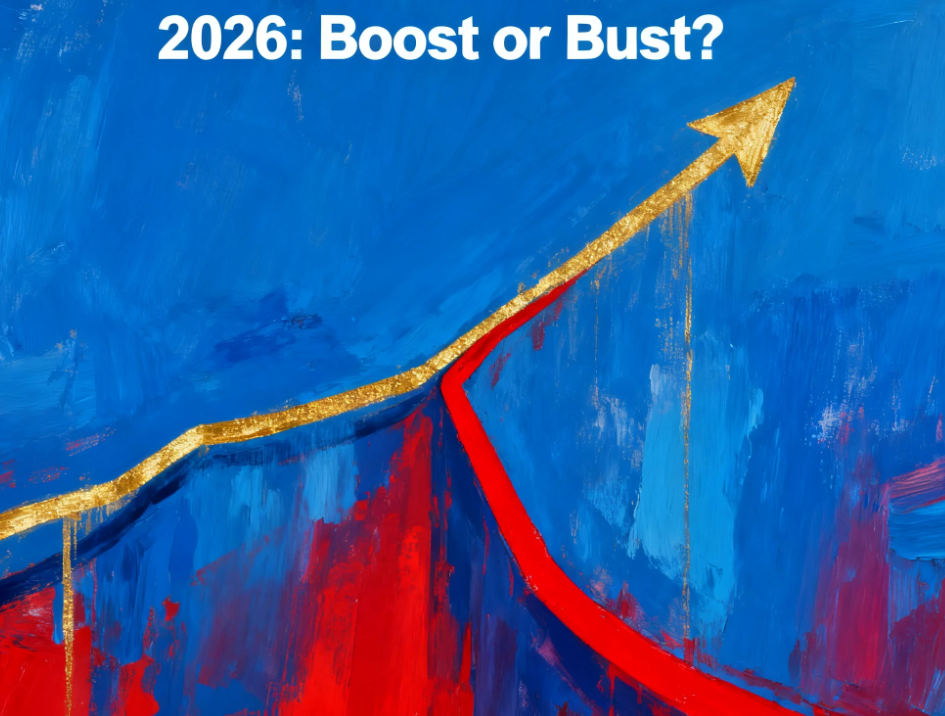Germany, Europe’s largest economy, is grappling with fresh signs of strain as rising unemployment and a surprise uptick in inflation darken its outlook—just as new U.S. tariffs begin to take hold across the European Union.
Preliminary data released Friday showed German inflation climbing 2.1% in August, above economists’ forecasts of 2%. That marked an acceleration from July’s softer 1.8% pace. Core inflation, which strips out food and energy, held steady at 2.7%, according to the federal statistics office, Destatis.
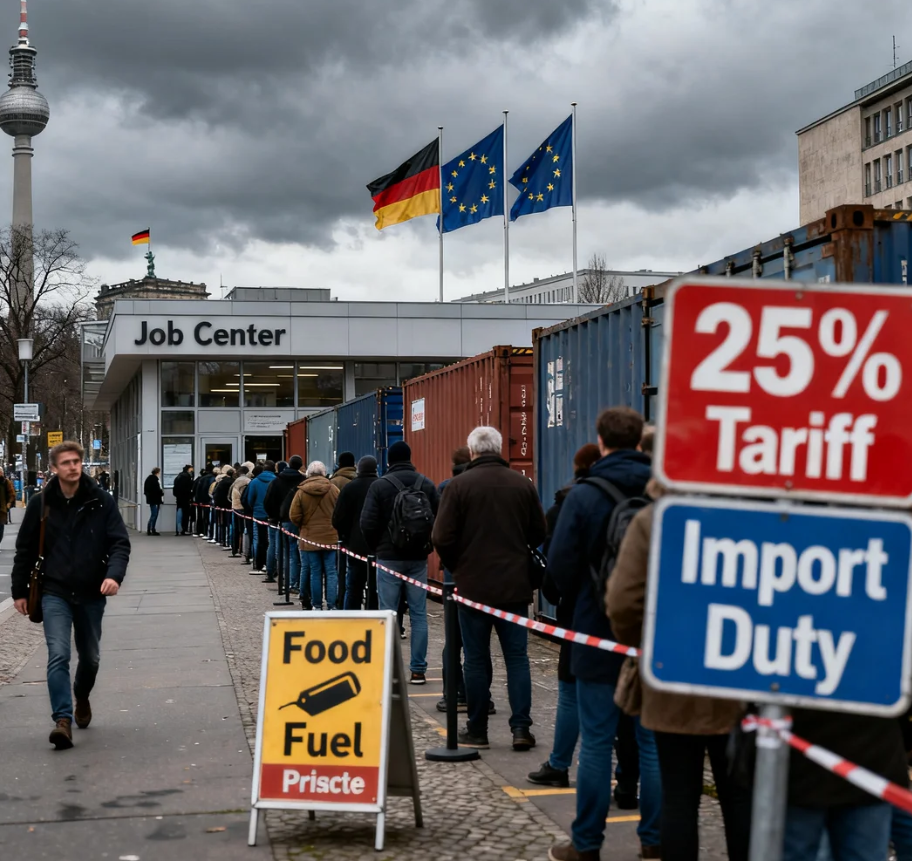
Labor market figures told an equally concerning story. The number of unemployed rose sharply to 3.025 million, pushing the jobless rate to 6.4%. Economists warn the uptick underscores a cooling labor market at a time when businesses already face mounting headwinds.
The twin challenges of inflation and unemployment arrive as Germany braces for the ripple effects of U.S. President Donald Trump’s tariff regime. The EU and U.S. reached a trade agreement in July, including a blanket 15% tariff on many European goods exported to America. The levy is expected to weigh heavily on sensitive sectors such as pharmaceuticals, though key details remain unresolved, leaving companies unsettled.
While the tariffs are widely projected to drive consumer prices higher in the U.S., economists note the impact on Europe could cut in multiple directions. “One scenario could see prices falling in the eurozone due to overcapacity and weaker U.S. demand,” said Carsten Brzeski, ING’s global head of macro. “But companies may also raise European prices to offset shrinking margins in the U.S.”
Germany’s export-heavy economy was already teetering on the brink. GDP grew just 0.3% in the first quarter before contracting by the same margin in the second, official figures show. The slowdown adds further complexity to the European Central Bank’s decision-making, with policymakers weighing whether to ease rates at their September meeting.
For now, the ECB is holding steady, having left its benchmark rate unchanged at 2% in July. But with inflation surprising to the upside and unemployment trending higher, the balance of risks is shifting—and so too is the debate over how Europe’s economic powerhouse can weather the turbulence ahead.
